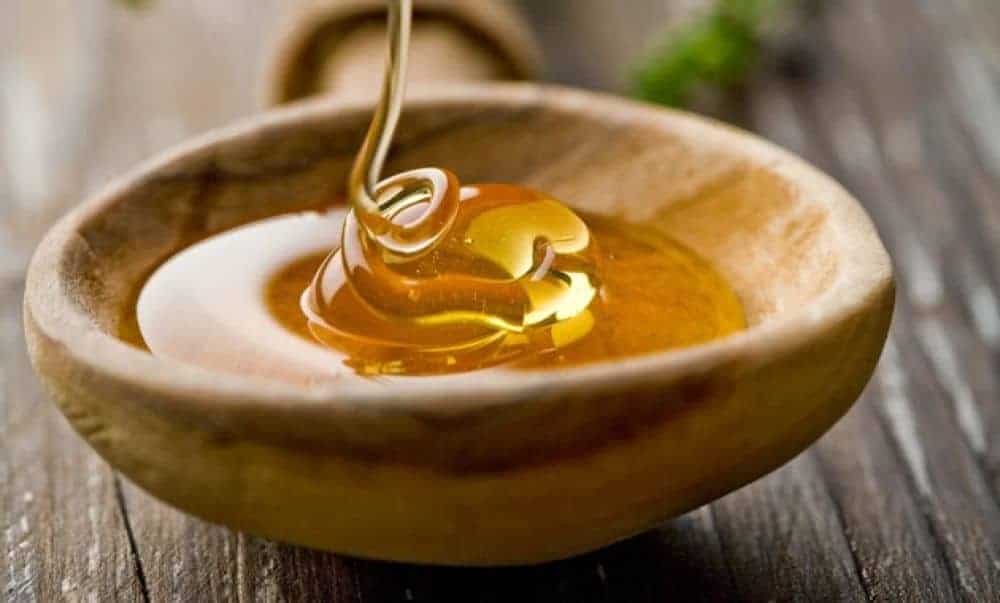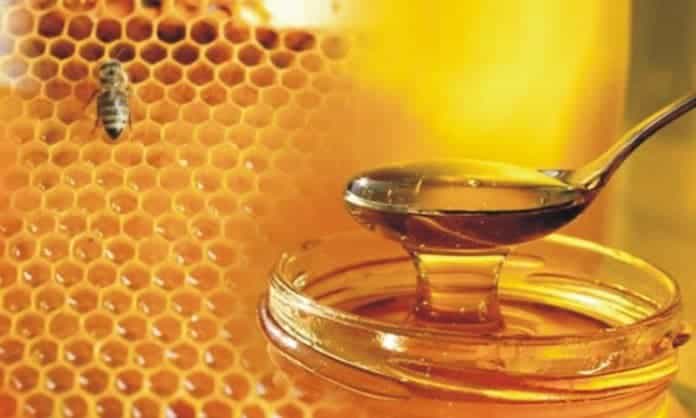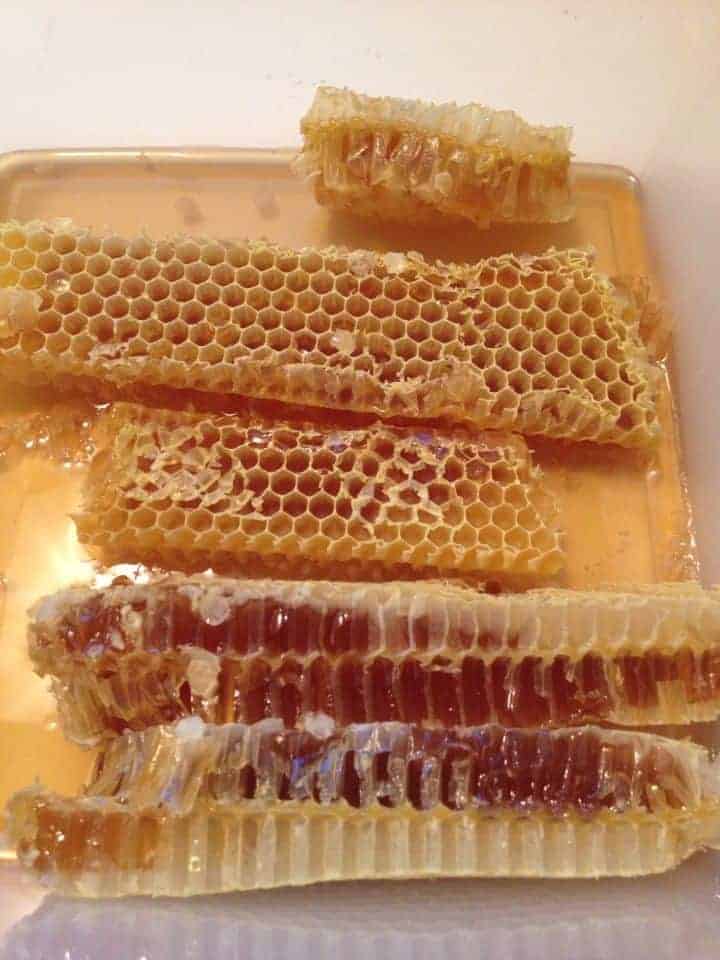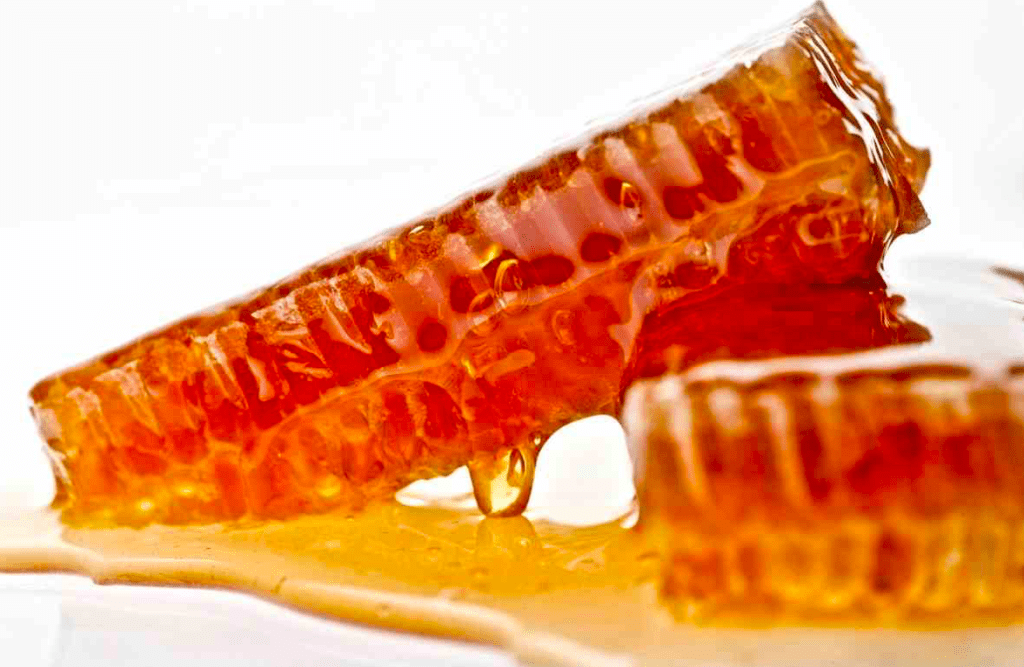Greek Honey has been the “Nectar of the Gods”, for over 3,000 years.
Greece has a long history of bee-keeping, and there are more beehives per acre in Greece than any other country in Europe, so it comes as no surprise that Greek honey is considered the best in the world.

The wide biodiversity of flora combined with the Aegean summer sun is what helps produce this unique golden nectar.

Honey is the first traditional sweetener used by Greeks since antiquity. In fact, honey, along with olives and grapes, formed the beginnings of Greek gastronomy.
Greek honey is one of the most nutritional, natural foods, filled with vitamins, minerals and antioxidants.
Honey contains anti-bacterial, anti-viral and anti-fungal substances and has also been used for centuries as a treatment for sore throats and coughs, minor burns, cuts and other bacterial infections.
Studies show that honey is one of the easiest foods to digest and is known for its cancer-fighting properties (rich in phenolic compounds) and also aids in the prevention of osteoporosis.
The honey from Greece is considered to be some of the finest on a global scale due to the unlimited summer sun, the biodiversity of the Greek countryside, plus the rich variety of Greek flora, which includes over 850 species found nowhere else in the world. Scientists and botanists consider Greece a country with the richest flora in the Mediterranean basin, (more than 7,500 different species of herbs, plants, wildflowers and trees).
Greek honey is richer in aromatic substances compared to other honey produced in other countries; they have less humidity, which means they are denser and richer.
Combine all these facts together, and you can start to understand why Greek honey has a top position in the world market.

Basic Types Of Greek Honey
THYME: Thyme honey is the most revered Greek honey mainly because thyme-fed bees produce less honey, making it rarer and more expensive. Thyme honey is light in colour, with an intense herbal aroma, and tends to crystallise after about 6 to 18 months, depending on storage conditions and temperature. Produced in spring, when thyme flowers, the most famous types are from Crete and Kythera.
PINE: About 65% of all Greek honey is pine, honey. Its mahogany colour highlights its rich mineral content, which includes potassium, magnesium, phosphorous, iron, and sodium. It does not crystallise easily. Pine honey has the highest percentage of antioxidants of all Greek honey.
BLOSSOM: From wildflowers and orange blossoms, it has a delicious aroma that is more delicate than other honey. It can crystallise more easily.
HEATHER: Produced in early autumn, after the first rains, if it is warm enough for heather to blossom. Dark, reddish colour and very thick, almost solid, it has a spreadable texture. It tends to crystallise in about three months.
CHESTNUT: Very different type, with a very faint, pleasant bitterness, it is one of the rarest Greek honey.
FIR: The only PDO Greek honey, from Vytina in the Peloponnese. It is considered one of the rarest and best and almost never crystallises.
Regions in Greece Where Honey is Produced:
Honey is produced almost everywhere in Greece. However, some places that stand out include-
- Crete and Kythera are renowned for their thyme honey.
- Vytina, in the Peloponnese highlands around Tripoli, is renowned for its fir honey.
- In Halkidiki, about 30% of all Greek honey is produced.
- The Dodecanese is a major commercial producer.
- Epirus is home to some of the most unusual honey, especially bittersweet chestnut honey.

